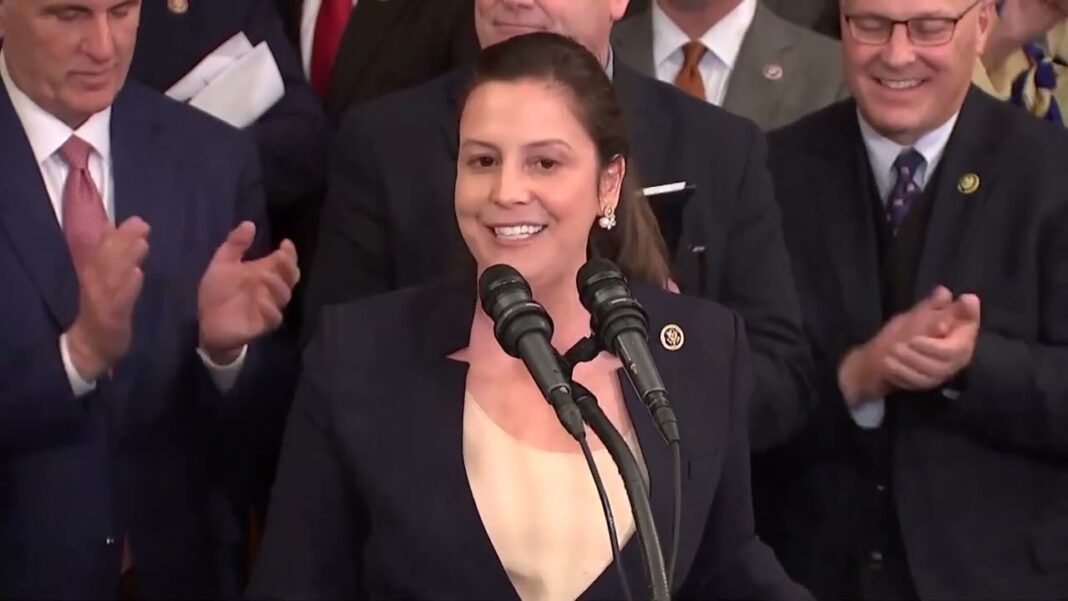CEO Sundar Pichai told us AI will be as good or as evil as human nature allows.
We may look on our time as the moment civilization was transformed as it was by fire, agriculture and electricity. In 2023, we learned that a machine taught itself how to speak to humans like a peer. Which is to say, with creativity, truth, error and lies. The technology, known as a chatbot, is only one of the recent breakthroughs in artificial intelligence — machines that can teach themselves superhuman skills. We explored what’s coming next at Google, a leader in this new world. CEO Sundar Pichai told us AI will be as good or as evil as human nature allows. The revolution, he says, is coming faster than you know.
Scott Pelley: Do you think society is prepared for what’s coming?
Sundar Pichai: You know, there are two ways I think about it. On one hand I feel, no, because you know, the pace at which we can think and adapt as societal institutions, compared to the pace at which the technology’s evolving, there seems to be a mismatch. On the other hand, compared to any other technology, I’ve seen more people worried about it earlier in its life cycle. So I feel optimistic. The number of people, you know, who have started worrying about the implications, and hence the conversations are starting in a serious way as well.
Our conversations with 50-year-old Sundar Pichai started at Google’s new campus in Mountain View, California. It runs on 40% solar power and collects more water than it uses — high-tech that Pichai couldn’t have imagined growing up in India with no telephone at home.
Sundar Pichai: We were on a waiting list to get a rotary phone and for about five years. It finally came home I can still recall it vividly. It changed our lives. To me it was the first moment I understood the power of what getting access to technology meant and so probably led me to be doing what I’m doing today.
What he’s doing, since 2019, is leading both Google and its parent company, Alphabet, valued at $1.3 trillion. Worldwide, Google runs 90 percent of internet searches and 70 percent of smartphones. But its dominance was attacked this past February when Microsoft unveiled its new chatbot. In a race for AI dominance, Google just released its version named Bard.
Sissie Hsiao: It’s really here to help you brainstorm ideas, to generate content, like a speech, or a blog post, or an email.
We were introduced to Bard by Google Vice President Sissie Hsiao and Senior Vice President James Manyika. The first thing we learned was that Bard does not look for answers on the internet like Google search does.
Sissie Hsiao: So I wanted to get inspiration from some of the best speeches in the world…
Bard’s replies come from a self-contained program that was mostly self-taught— our experience was unsettling.
Scott Pelley: Confounding, absolutely confounding.
Bard appeared to possess the sum of human knowledge…
…with microchips more than 100-thousand times faster than the human brain. We asked Bard to summarize the New Testament. It did, in five seconds and 17 words. We asked for it in Latin–that took another four seconds. Then, we played with a famous six word short story, often attributed to Hemingway.
Scott Pelley: For sale. Baby shoes. Never worn.
The only prompt we gave was ‘finish this story.’ In five seconds…
Scott Pelley: Holy Cow! The shoes were a gift from my wife, but we never had a baby…
From the six-word prompt, Bard created a deeply human tale with characters it invented — including a man whose wife could not conceive and a stranger, grieving after a miscarriage, and longing for closure.
Scott Pelley: I am rarely speechless. I don’t know what to make of this. Give me that story…
We asked for the story in verse. In five seconds, there was a poem written by a machine with breathtaking insight into the mystery of faith, Bard wrote “she knew her baby’s soul would always be alive.” The humanity, at superhuman speed, was a shock.
Scott Pelley: How is this possible?
James Manyika told us that over several months, Bard read most everything on the internet and created a model of what language looks like. Rather than search, its answers come from this language model.
By Scott Pelley






